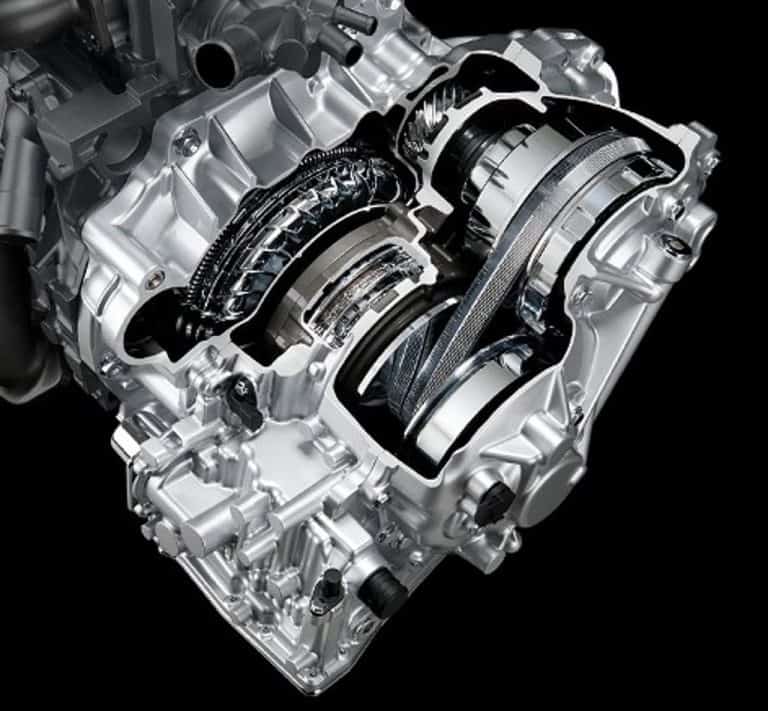Continuously Variable Transmissions (CVTs) have increasingly gained popularity in modern vehicles due to their unique design and efficiency. Unlike conventional automatic or manual transmissions that use a fixed number of gear ratios, CVTs provide a seamless transition between an infinite number of gear ratios. This functionality not only enhances fuel efficiency but can also contribute to a smoother driving experience. However, a common question among car enthusiasts and prospective buyers alike is, “How long do CVT transmissions last?” In this article, we will delve deeply into the longevity of CVT transmissions, factors influencing their lifespan, maintenance tips, and much more.
Understanding CVT Technology
Before examining the longevity of CVTs, it’s crucial to understand how they function. A CVT employs a pulley system that adjusts in diameter, allowing the engine to operate at its most efficient RPM (Revolutions Per Minute) whether you’re accelerating or cruising. This innovative mechanism optimizes fuel consumption and enhances performance. Nonetheless, how does this technology translate into longevity?
Average Lifespan of CVT Transmissions
The lifespan of a CVT can vary widely depending on numerous factors. Generally speaking, CVTs are designed to last between 100,000 to 150,000 miles under regular driving conditions. Some might endure longer, while others may fall short. It’s essential to recognize that the driving environment, maintenance, and driving habits play pivotal roles in determining when a CVT may require service or replacement.
Factors Affecting CVT Longevity
Several variables come into play regarding the lifespan of a CVT. Let’s explore some of the most significant factors:
- Driving Conditions: Urban driving involves frequent stops and starts, which can place additional strain on a CVT. Conversely, highways typically allow for consistent speed and less wear.
- Driving Habits: Aggressive acceleration, excessive speeding, and hauling heavy loads can accelerate wear on any transmission, including CVTs. Gentle driving can contribute significantly to extended life.
- Manufacturer Quality: Different manufacturers produce CVTs with varying designs and materials. Some brands have established strong reputations for reliability, while others may have a history of issues.
- Fluid Quality: CVTs often require specific transmission fluids that may differ from conventional automatic transmissions. Using the wrong fluid can result in significant damage and reduce lifespan.
- Maintenance Practices: Regular maintenance is vital for CVT longevity. This includes timely fluid changes, inspections, and servicing any warning signs early on.
Maintenance Tips for Extending CVT Life
Understanding how to care for your CVT is crucial in maximizing its lifespan. Here are some practical tips:
- Routine Fluid Changes: Follow the manufacturer’s guidelines for fluid changes. Regularly changing the CVT fluid helps prevent overheating and maintains optimal performance.
- Monitor Fluid Levels: Keep an eye on the transmission fluid level. Insufficient fluid can lead to decreased lubrication, resulting in premature wear.
- Listen for Unusual Noises: Any clunky sounds or unusual whining can indicate underlying problems. Addressing these sooner rather than later is vital.
- Use OEM Parts: If repairs are necessary, opting for Original Equipment Manufacturer (OEM) parts ensures compatibility and quality.
- Periodic Inspections: Schedule routine inspections with a trusted mechanic experienced in CVTs. Early detection of potential issues can save you significant money and time.
Signs of CVT Problems
Recognizing the symptoms of a failing CVT can make a significant difference. Addressing issues promptly may prevent more extensive damage. Here are indicators to watch for:
- Slipping or Hesitation: If the vehicle hesitates when accelerating or there’s a noticeable slip in transmission, it may signify a problem.
- Check Engine Light: If the check engine light illuminates, avoid ignoring it. Running a diagnostic check can provide insight into any impending transmission issues.
- Overheating: A sudden rise in temperature can signal fluid problems. Keeping cool is crucial for CVT longevity.
- Unpleasant Odors: A burnt smell coming from the transmission can indicate overheating or burnt fluid.
Conclusion: Weighing Your Options
In conclusion, while the average lifespan of a CVT ranges from 100,000 to 150,000 miles, several factors influence this duration. By understanding your driving habits, adhering to maintenance schedules, and recognizing the signs of potential problems, you can maximize the longevity of your CVT transmission. Whether you’re a new vehicle owner or considering purchasing a car equipped with a CVT, knowledge is your ally. Investing time in maintaining your CVT not only enhances its life expectancy but also ensures a smooth driving experience for years to come.
